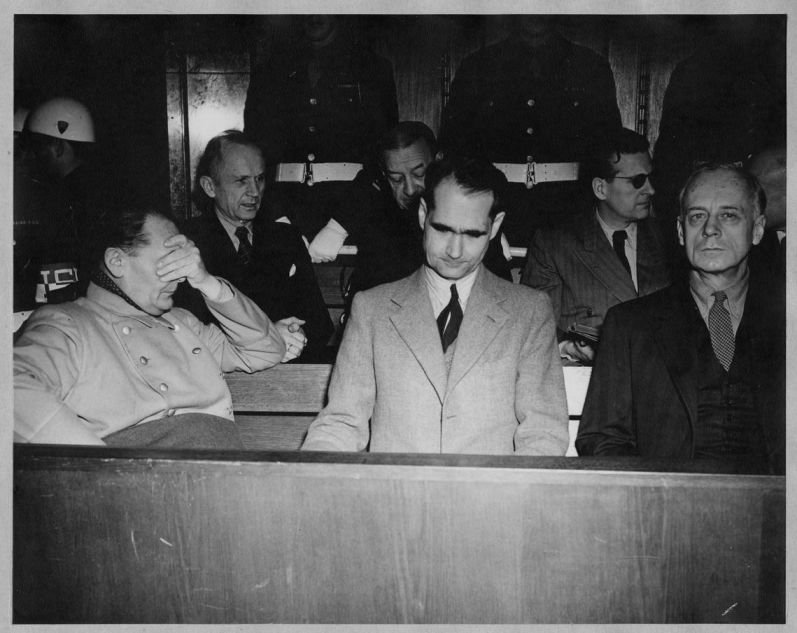End of the European Theater of the Second Great War
Following the surrender of Russia and France, and the CSA now on the verge of collapse, Great Britain, a shadow of itself, is now all alone in the Second Great War.
However, Britain successfully created their own Supermbomb: a new horrifying unleashed in Petrograd, Paris, Charleston, Newport News, and Philadelphia. By the war's end, the British had created two bombs. As a last-ditch effort to win the war, Prime Minster: Winston Churchill ordered the RAF to strike the city of Hamburg, the site of a major battle during the early years of the war.
In the summer of 1944, the citizens of Hamburg saw something bright in the sky.
Picture of the denotation of the bomb over Hamburg.
Hamburg in the immediate aftermath of the bombing.
Countless lives were lost in the bombing. The two most infamous deaths were of Sergent Adolf Hitler and Journalist Bentio Musslioni, who was in the city to report how the city was recovering from the battle in 1943.
Adolf Hitler in 1921.
Bentio Musslioni, in the 1930s, during his campaign to become Prime Minster of Italy.
While Germany was struck, they refused to surrender. Kaiser Wilhelm III promised revenge on the British. With bombs left over that were met to be used on France and Russia if they refused to surrender, the Germans made the task of crossing the English Channel and destroying the cities of London, Norwich, and Brighton.
Days later, that task was completed.
The London bomb, 2-5 minutes after detonation.
London in the immediate aftermath of the bombing.
British Parliament and the Royal Family escaped to Manchester just 24 hours before the bomb was dropped on London. What was left of the British government planned to strike Berlin in revenge.
Unfortunately, German forces in the Low Countries were on a high alter in case of another bomb hit Germany. German air defenses fired a turbo shot on the plane. Over the cities of Burges and Ghent, the bomb exploded.
Known picture of the bombing between Bruges and Ghent.
Parliament realized that the war was lost. The Silver Shirt and Conservative coalition government were voted out.
Horace Wilson in 1944.
Horace Wilson, who had led the vote of non-confidence against the coalition government, was now Prime Minster of the United Kingdom. Immediately after taking office, Wilson sued for peace with the Germans. The Second Great War in Europe was now over.


